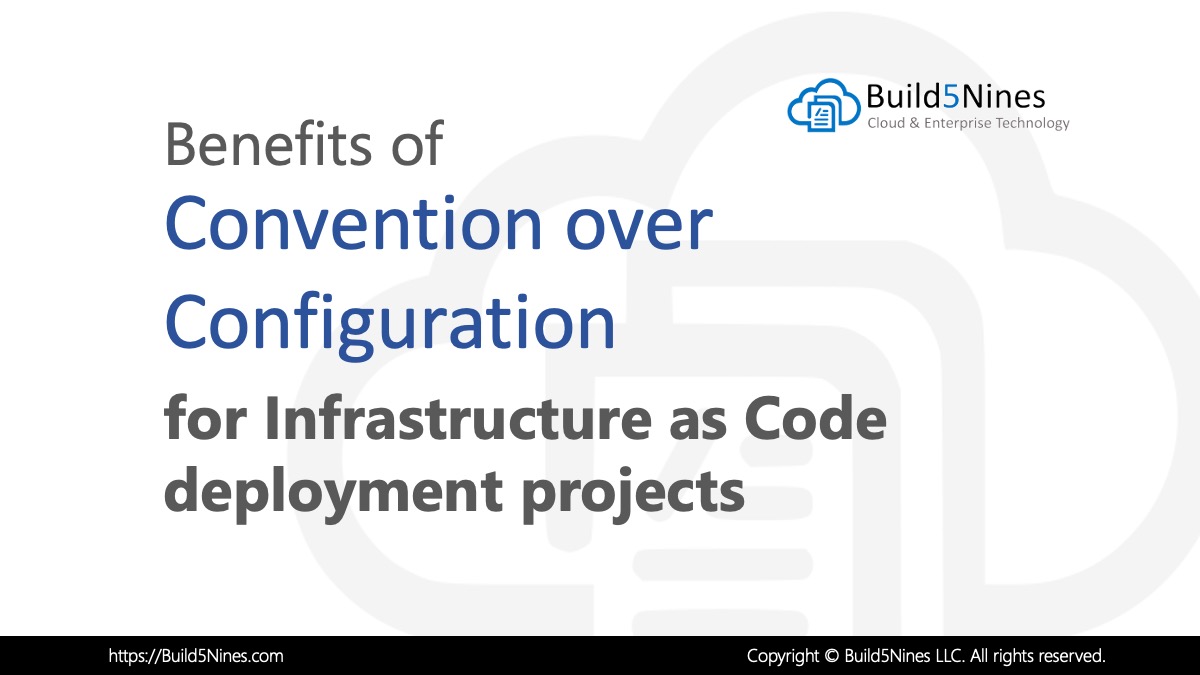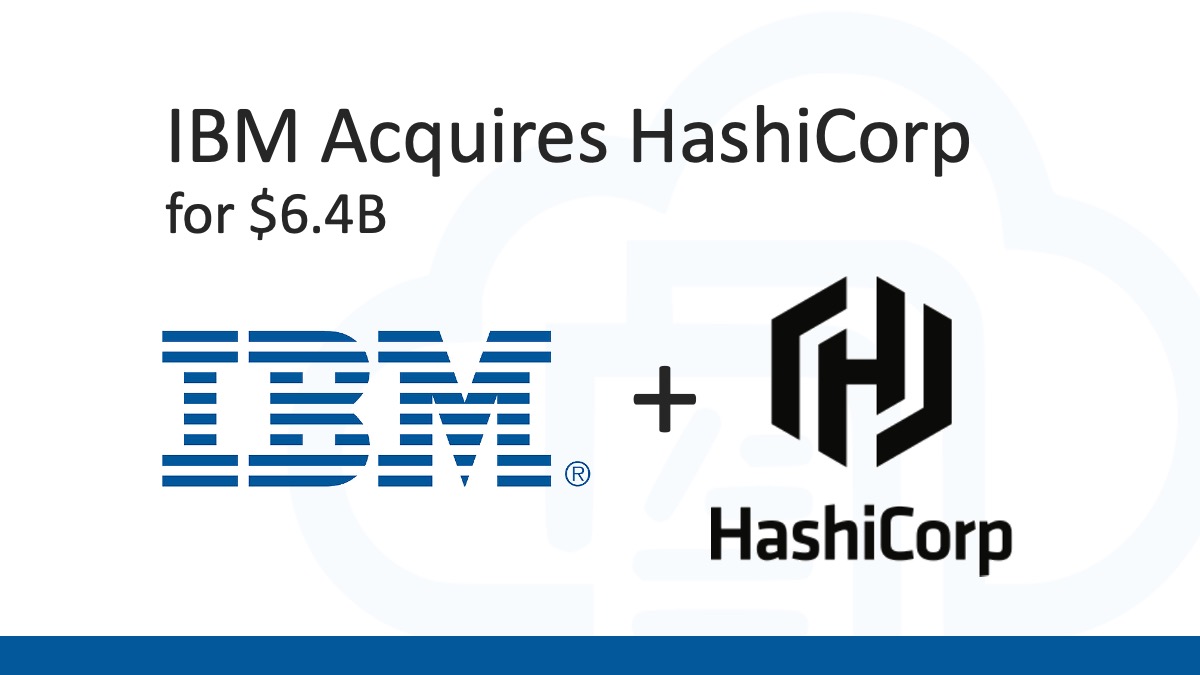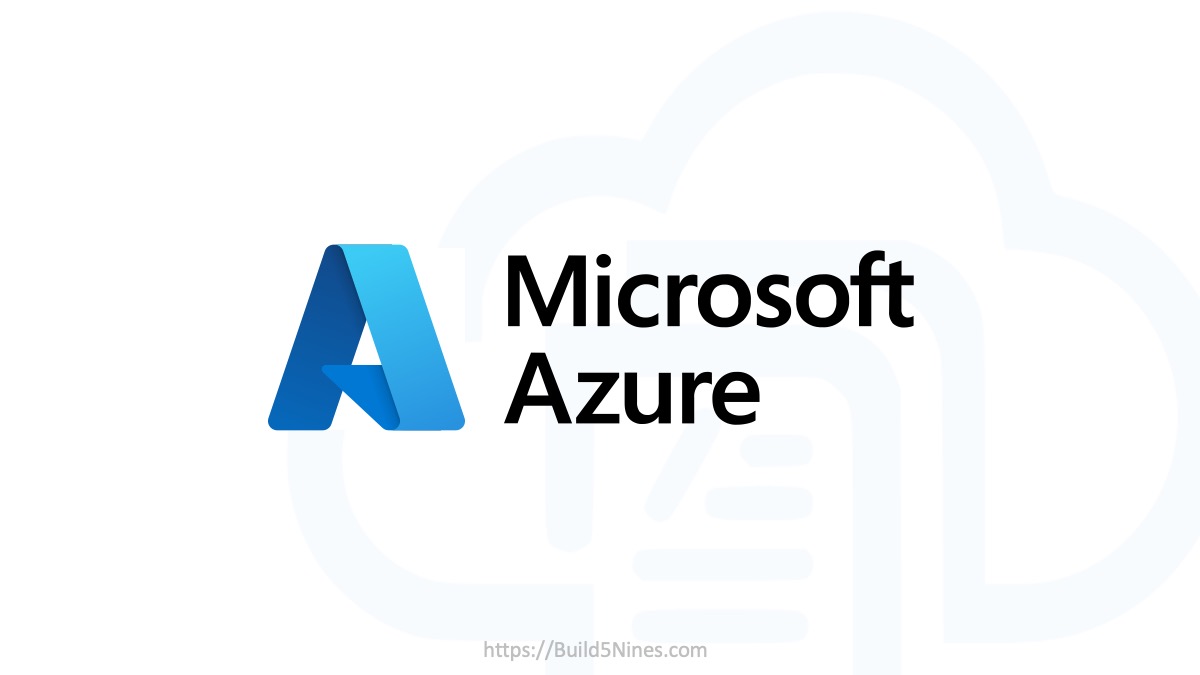Azure Regions
Microsoft Azure is available in 60+ regions globally, with additional regions in the works to be added soon. (At least at the time of writing this article; Microsoft keeps investing and building new regions. It’s growing!) These Azure Regions are basically geographic groupings of 2, 3, or more data centers. When provisioning any cloud resource within Microsoft Azure it must be placed in, and reside within, an Azure Region.

You can view a “live” map of the Microsoft Azure Regions using Bing Maps, here: https://build5nines.com/map-azure-regions/
When deploying out your cloud resources and workloads, it’s generally best to choose the Azure Region that’s closest to your employees, users, or customers. This will keep the latency down when communicating across the Internet. It also helps to utilize multi-region deployments when adding global / geographic redundancy and failover to better implement increased resiliency and high availability. It’s best not to solely rely on a single Azure Region, and instead be prepared to gracefully handle some kind of Regional outage that may occur beyond your control.
Another useful thing to know about Azure Regions is the concept of Azure Region Pairs. Using Azure Region Pairs for multi-region deployments will ensure that in the event that the Primary Region experiences an outage, then you can failover to the Secondary Region. Additionally, by using the Region Pair for the Secondary, then you will also ensure that if both Regions were to experience an outage then Microsoft will prioritize one of the Regions in the pair to restore service to first; thus improving the quickness in service restoration.
You can read the following article for more information and an expanded explanation on Azure Regions Pairs: Azure Region Pairs Explained.
Azure Availability Zones
For a long time the most granular control you had of where to host resources within Microsoft Azure was at the Azure Region level. With Azure Availability Zones you can choose which Zone within that Azure Region to host a resource. This enables a more granular choice of where and how to host resources within an Azure Region.
Each Zone within an Azure Region is essentially a separate datacenter. Each Zone has independent power source, networking, cooling, etc. Each Azure Region with Availability Zones made available will have at minimum 3 separate Zones. This is to ensure maximum resilience and high availability can be enabled within the Azure Region.

The Microsoft Azure Fabric is the underlying technology that manages the datacenter automation of the Microsoft Azure Platform. This “Fabric” has managed distributing resources for resiliency and high availability for running the Azure Platform itself across all the Zones of each Azure Region since Microsoft Azure as originally launched. It’s just now that Microsoft is making these Zones available to customers of the platform to help them better host and manage better resiliency and high availability for their individual workloads.
When configuring and provisioning Azure Resources, such as Virtual Machines or Managed Disks, you first choose the Azure Region to host it in, then you will have the option to pick the specific Availability Zone to use for that resource as well.

Preview Details
At the time of writing this, the Azure Availability Zones features is newly in Public Preview. To signup for the Azure Availability Zones Preview and enable the feature on your Azure Subscription, go here: http://aka.ms/azenroll

There are a few restrictions on Azure Availability Zones at this time, during the initial Preview availability.
Here’s the list of Azure Regions that are supported during this initial Preview:
- East US 2
- West Europe
There are additional restrictions beyond just the Azure Regions. The service is also only available for a few services and VM SKUs as well.
Here’s the list of Azure services that currently support Availability Zones during this initial Preview:
- Windows Virtual Machines
- Linux Virtual Machines
- Zonal Virtual Machine Scale Sets
- Managed Disks
Here’s the initial supported Virtual Machine SKU’s / Pricing tiers as well:
- A2_V2
- D2_V2
- DS2_V2
Additionally, as with other Preview services within Microsoft Azure, the Azure Availability Zones features does NOT include an SLA at this time. Once the service is made Generally Available (GA) then it will get a full 99.99% SLA guarantee.
Happy Previewing!!






 Benefits of Convention over Configuration for IaC Deployment Projects
Benefits of Convention over Configuration for IaC Deployment Projects
 Analyzing IBM’s Acquisition of HashiCorp: A Game-Changer in Hybrid Cloud Management
Analyzing IBM’s Acquisition of HashiCorp: A Game-Changer in Hybrid Cloud Management
 How to Perform Simple String Concatenation in Terraform
How to Perform Simple String Concatenation in Terraform
 Azure CDN POP Locations: Interactive Map of Azure CDN Points of Presence
Azure CDN POP Locations: Interactive Map of Azure CDN Points of Presence
 Azure Functions: Extend Execution Timeout Past 5 Minutes
Azure Functions: Extend Execution Timeout Past 5 Minutes

Hi Chris – Can you briefly describe a situation where someone would want to specify a specific data center within a region? I would have thought that all data centers in a region are basically the same.
Availability Zones enable you to specify a specific data center within the Azure Region to host certain Virtual Machines. This enables you to setup and control how availability within the Azure Region is supported for your particular workload. If you have 3 VMs hosting a particular workload with a load balancer, then it’s possible you’ll want to ensure those VMs are spread across 2 or 3 zones within the region to ensure the highest level of availability and resiliency within that region.
Although, it’s important to remember that Availability Zones are not a replacement for setting up multiple instances across multiple Azure Regions. Availability Zones will help increase resiliency against individual data center (or zone) failures within the Region, but a multiple Azure Region deployments will still be needed to ensure resiliency against entire Region failures as well.